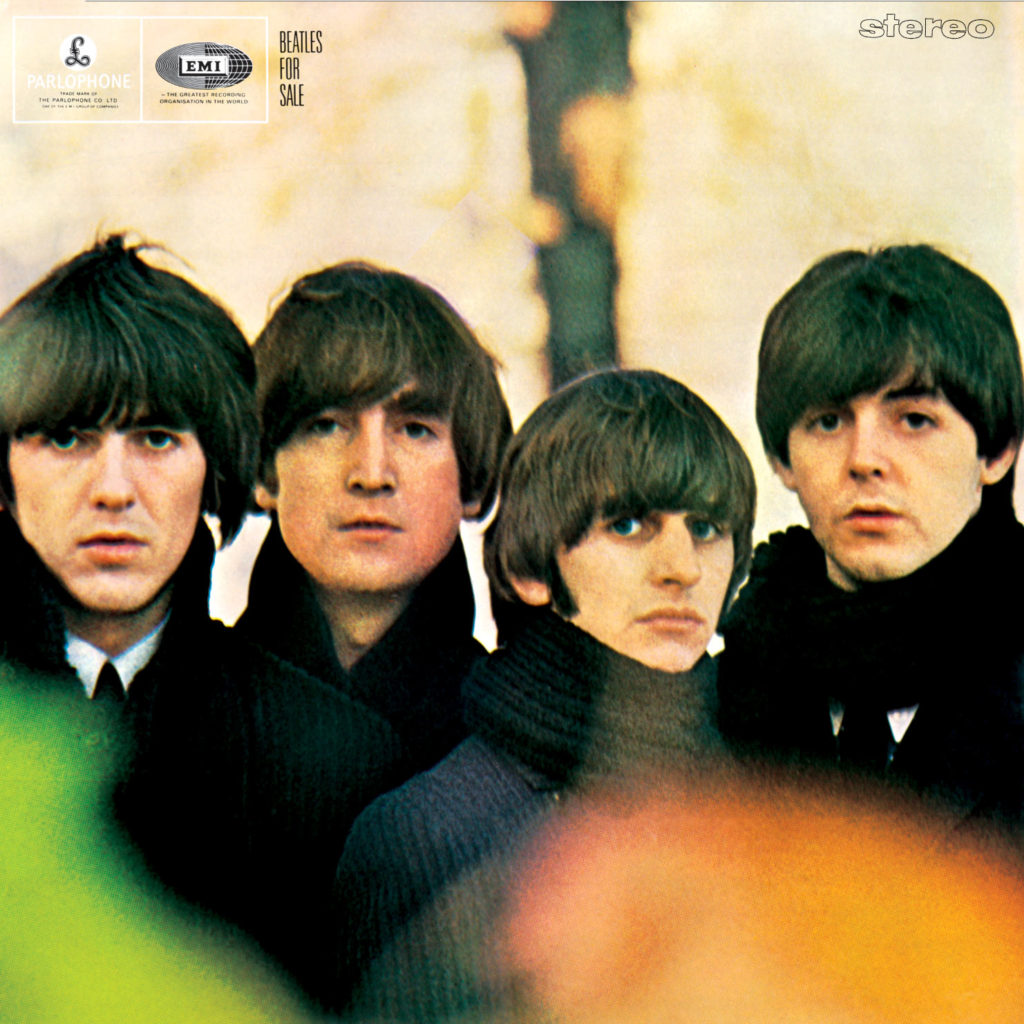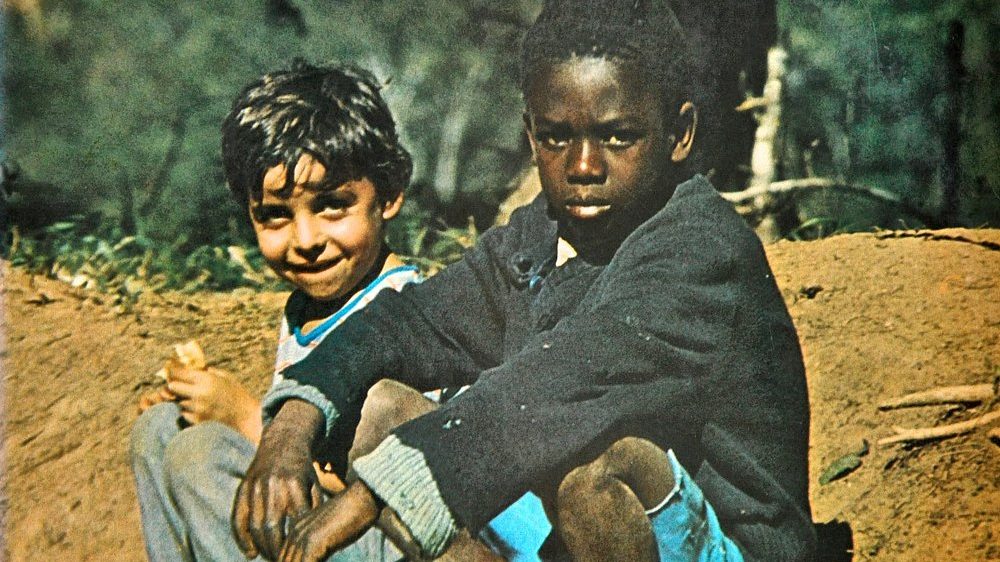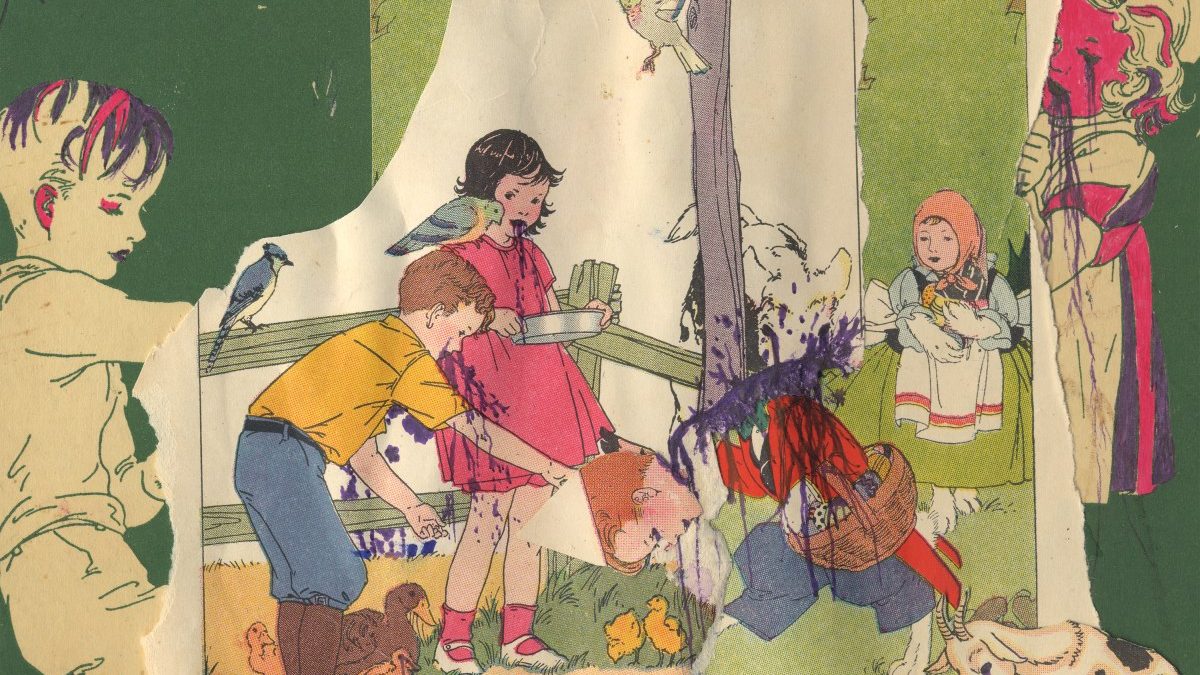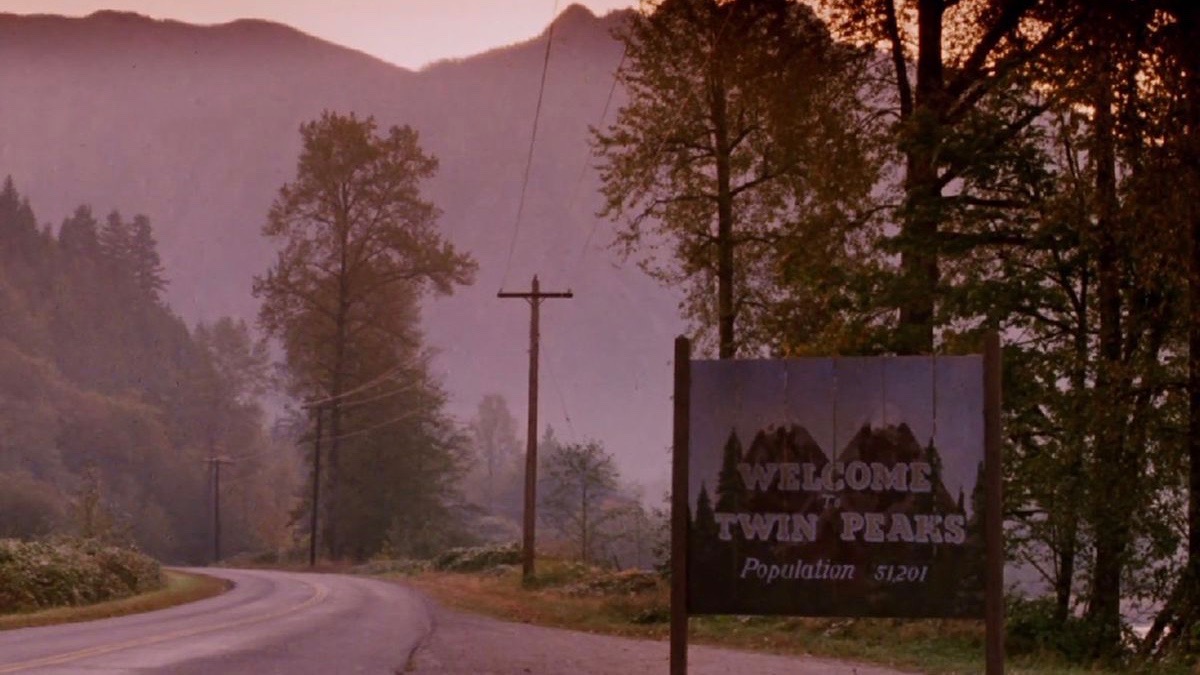
The Beatles
Beatles For Sale
Parlophone – 1964
Rating: 9.1
The Beatles’ second album of 1964 found the biggest group in the world transitioning from pop stars to something far greater. It remains the most misunderstood record in their catalog.
I’m a middle child, and while my parents never intentionally did anything to make me feel any perceived slights, I was always keenly aware of my status as the second of three sons. Even Alfred Adler – the first psychologist to identify what would later be referred to as “middle child syndrome” – felt no need to support his theory with any scientific backing. There simply are certain inevitabilities that come from being in the middle. For instance; my older brother’s birthdays, graduations, and other milestones were often sources of “newness” or excitement for the entire family. By comparison, my younger brother’s similar signposts often felt like family culminations. Mine just kind of happened; generally three years after the “first,” and three years before the “last.” As a more practical example of middle-child status; whenever my family lived in a three-bedroom home, I was guaranteed to share a room with either my older or younger brother.
Though I’ve rarely – if ever – had conversations with any of them about it, I’ve long noticed that several of my closest friends are also middle children. While hardly misfits, there is a similar set of characteristics that – in my limited experience – seem to make “middle kids” kindred spirits on at least a subconscious level. It’s a mixture of introversion, creativity, and sometimes oddly-placed sentimentality that stand out, in particular.
The Beatles’ fourth album arrived in the midst of a grueling period for the band. While Derek Taylor’s album cover notes go to great lengths to ensure the prospective buyer that Beatles For Sale was no “any-old-thing-will-do-for-Christmas” release, the truth of the matter is that the album’s somewhat hodgepodge nature was at least partially the product of it being recorded in fits and starts, throughout the late-summer and fall of 1964. Sessions were booked between dates in the band’s busy touring itinerary; the bulk of which happened after their return from a month-long trek across North America.
That tour had provided more than a few transformative moments for the band; including a standoff against the segregationist policies of the Jacksonville, Florida venue that they played on September 11. However, from an artistic standpoint, the defining moment of the tour arguably occurred two weeks earlier, when they were introduced to Bob Dylan in New York. Already fans of Dylan’s work, the four Beatles spent an evening smoking pot – for the first time, according to many accounts – with the folk singer.
By this point, The Beatles had become somewhat disillusioned about their status as the world’s biggest pop band. Just as they were forced to remain sequestered inside of their suite in the Delmonico Hotel – lest they be torn to shreds by the throngs of adoring fans below – John Lennon and Paul McCartney felt similarly constrained by the artistic expectations of “Beatlemania.” While they undoubtedly admired Dylan’s skill as a songwriter, they were equally envious of what they perceived to be a level of artistic freedom that a pop act could only dream of.
Once back in Britain, Lennon and McCartney put the finishing touches on the original compositions that would make up a majority of Beatles For Sale. While arguably the most Dylan-esque track on the album (John’s “I’m a Loser”) had been recorded just prior to leaving for their American dates, the post-tour sessions would yield a handful of new songs that found Lennon and McCartney wading into the deeper ends of the lyrical pool. Tracks such as “Every Little Thing,” “What You’re Doing,” and – particularly – “I Don’t Want to Spoil the Party” pointed toward the increased lyrical sophistication that would truly begin to flourish in 1965.
While the Beatles For Sale originals may, on the whole, lack the melodic brilliance of their counterparts from A Hard Day’s Night – released just five months prior – the attention to detail in the production was arguably the band’s most impressive to date. The rock and roll/R&B influences that had characterized their earlier material were augmented by an increased emphasis on folk- and country-inspired sounds, and though they would pale in comparison to the instrumental embellishments that the group would soon introduce to its arsenal, the addition of auxiliary percussion, Hammond organ, and more considered application of reverb would add a much-welcome depth to their sound.
Of course, where Beatles For Sale most clearly failed to improve upon its immediate predecessor was in the songwriting. Composed entirely of Lennon-McCartney originals, A Hard Day’s Night had been a monumental album; not only for The Beatles, but for pop artists as a whole. The rushed nature of Beatles For Sale ensured that – in order to have the LP out in time for the holidays – the track list would have to be padded out with cover versions. Even today, it’s somewhat jarring to hear the band’s (highly competent) take on Chuck Berry’s “Rock and Roll Music” follow the introspective opening trio of “No Reply,” I’m a Loser,” and “Baby’s in Black.”
In many ways, Beatles For Sale never fully recovers in the transition from its most forward-thinking moments to its most reactionary. For every gem, like McCartney’s charming “I’ll Follow the Sun” – which he claimed to have written at age sixteen – there is a somewhat ill-fitting cover, such as “Mr. Moonlight”; the very definition of a song that sounds like it was more fun to record than it is to actually listen to. Of the album’s six cover songs, it’s the group’s faithful take on Buddy Holly’s “Words of Love” that best meshes with their original material.
Despite the noticeable dip in quality from the originals to the covers, it’s important to consider the expectations for a new Beatles album in late-1964. Aside from the near-perfect “Eight Days a Week,” it’s not hard to imagine a typical Beatle fan of the era being more enthralled by the Berry cover than any of the darker, moodier tracks that preceded it. In an extraordinarily short amount of time, The Beatles would find a way to leverage their market power in order to gain the kind of artistic freedom that they desired, but Beatles For Sale would ultimately represent just a small step in that direction.
It is, perhaps, that mix of impulses – both artistic and commercial – that would lead the band to cheekily dub the album Beatles For Sale. Arriving on December 4, 1964, it would spend the entire holiday season firmly nestled at the top of the British charts – knocking A Hard Day’s Night out of the #1 position.
Being one of pop music’s first great press agents, Derek Taylor was no stranger to bold pronouncements about his many legendary clients. In the sleeve notes for Beatles For Sale, Taylor made the bold prediction that – if not for the Lennon-penned “I Feel Fine” serving as the album’s contemporaneously-released single – any of the competing trio of “Eight Days a Week,” “No Reply,” or “I’m a Loser” would have similarly topped the charts. While that projection may well have played out in an alternate reality, it was a much bolder prognostication from Taylor’s notes that actually came to pass:
‘There’s priceless history between these covers. When, in a generation or so, a radioactive, cigar-smoking child, picnicking on Saturn, asks you what the Beatle affair was all about, don’t try to explain all about the long hair and the screams! Just play them a few tracks from this album and he’ll probably understand. The kids of AD 2000 will draw from the music much the same sense of well being and warmth as we do today.’
I bought my first copy of Beatles For Sale – oddly enough – on the day after Christmas 2000, with a store credit that I got from returning one of the two copies of the Beatles Anthology book that I had received the day before. By that point, I already had the albums that you are “supposed” to hear first: Sgt. Pepper, Abbey Road, Revolver, etc. It would be a couple more years before I completed the catalog by picking up the supposed “lesser” entries: Let It Be, Yellow Submarine, Past Masters. While – for better or worse – all of those others tend to be regular topics of conversation with my fellow Beatle nerds, I always find myself returning to this odd, shy, tired, and thorny record with near-equal enthusiasm. Perhaps it’s the middle child in me.




